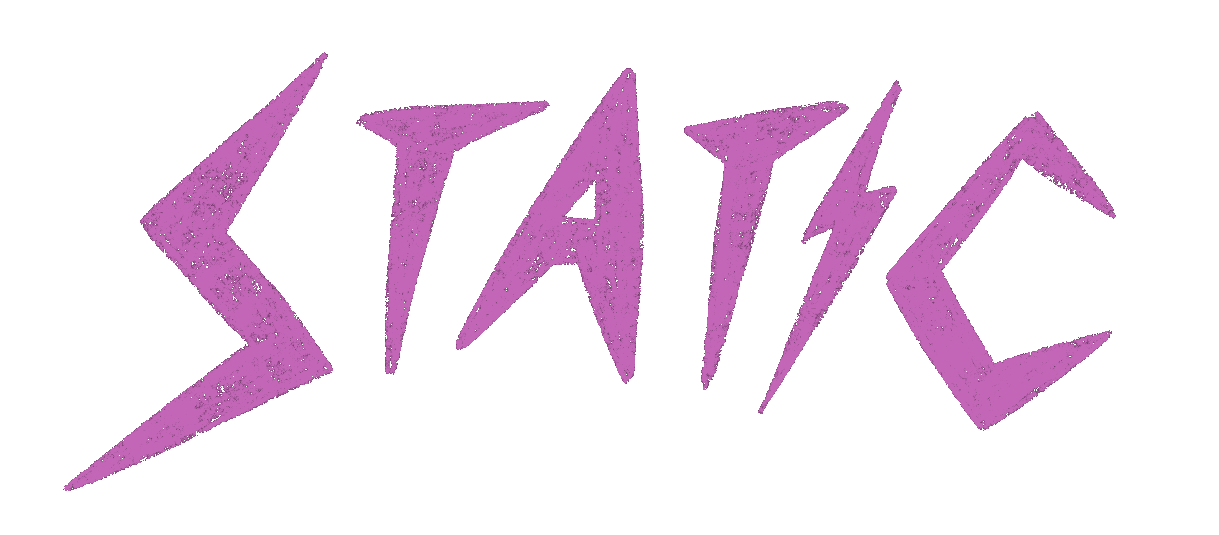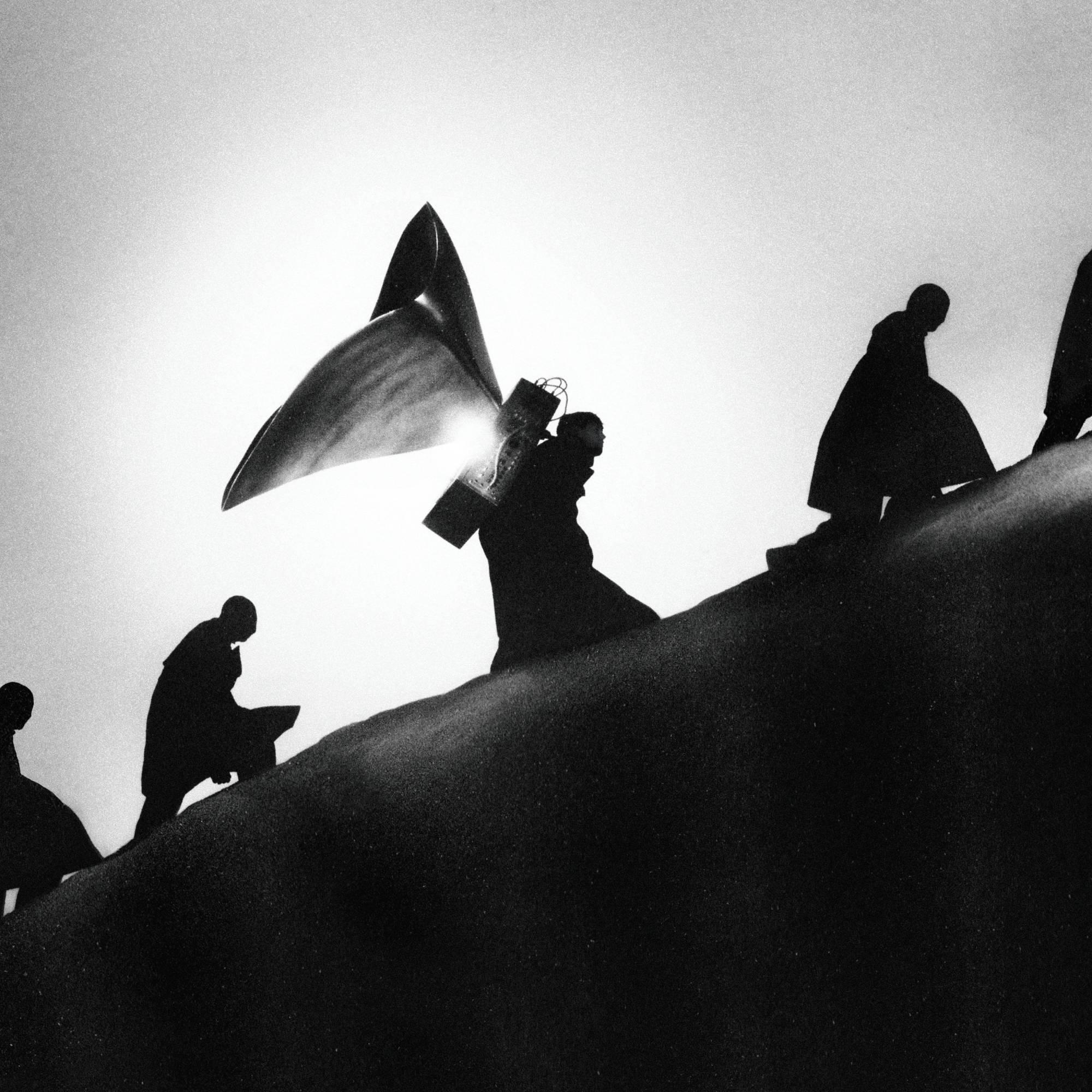JAMES BLAKE FINDS THE SOUL IN THE MACHINE ON HIS 6TH STUDIO ALBUM, DELIVERING HIS MOST INNOVATIVE SOUND YET.
September 15, 2023
In June, James Blake released “Big Hammer,” the first single of his new project, Playing Robots Into Heaven. The track was a pointed departure from the style Blake has been cultivating in the last few projects of his career, which included collaborations with artists like Kendrick Lamar, Travis Scott and SZA which has catapulted him into commercial success. Blake’s production always excelled at creating texture, layering sounds with emotive vocals. This signature style always included his own voice, whether they were chopped up, pitch-shifted, or manipulated into intricate soundscapes. His lyricism has also often been submerged in the deeply personal and cerebral.
“Big Hammer” casts this aside. Instead, Blake recruited the Ragga Twins for a hard-hitting dancehall verse that fades into the synthy dubstep lead well over a minute and a half into the track, building a drive that is perhaps best fit for dance floors and DJ decks. Blake said of the single (in an Apple Music interview with Zane Lowe) that “it was designed to be subversive.” If we are to expect anything from him now, it is unpredictability.
The soul of Playing Robots into Heaven rests squarely in the robots Blake has so markedly centered the album concept in. The album has noticeably more drive, fueled by its almost strictly electronic sound. Blake does sing in most of the tracks, but his vocals are sparse as he assumes a more pared-down approach to lyricism. His voice becomes another element, another tool in his kit as a sound architect.
Indistinct vocal trills ornament pared-down piano accompaniment in the opening track, “Asking to Break.” In “Tell Me”, a jabbing synth lead cuts through atmospheric drones. In “I Want You To Know,” echoing harmonies spill over a pitch-shifted hook, which Blake reworks from Pharrell and Snoop Dogg’s 2003 song “Beautiful.”
Blake does not shy away from rubato, either, crafting a steady, fast tempo that stretches and flows beautifully in moments of pause. While the album is a solid work of dance music, Blake still instills it with the soul and contemplative tones he has employed throughout his career. In “Fire The Editor”, the floaty refrain “I’ve already failed so many times, but I’m not afraid,” is almost muttered over a slow arpeggio bookmarked with a roomy melody that sounds almost like a pitch-shifted microphone feedback.
Blake’s production has been described as intricate, but this new album sees him unafraid to leave things rough around the edges. As the first dance music record he’s produced in over a decade, Playing Robots sees Blake letting loose. BPMs vary throughout the tracklist – “Big Hammer,” “Fall Back” and “I Want You To Know” are certainly conducive to dancing. “Asking To Break,” “Fire The Editor” and “If You Can Hear Me” create enough space for the listener to wander, for the song to sink into the background, before bringing the listener’s attention back to its raw, robotic pulse.
While Playing Robots Into Heaven is Blake’s liveliest album to date, the project also feels the most conscious. Blake crafts an audial landscape comfortable for you to sit in, and sink into. Unpredictability is a weapon he wields sparingly, managing to find balance and keep the listener close while never deviating far from the technical source itself.
Grade: A-
Watch the video for Playing Robots Into Heaven’s title track here:

